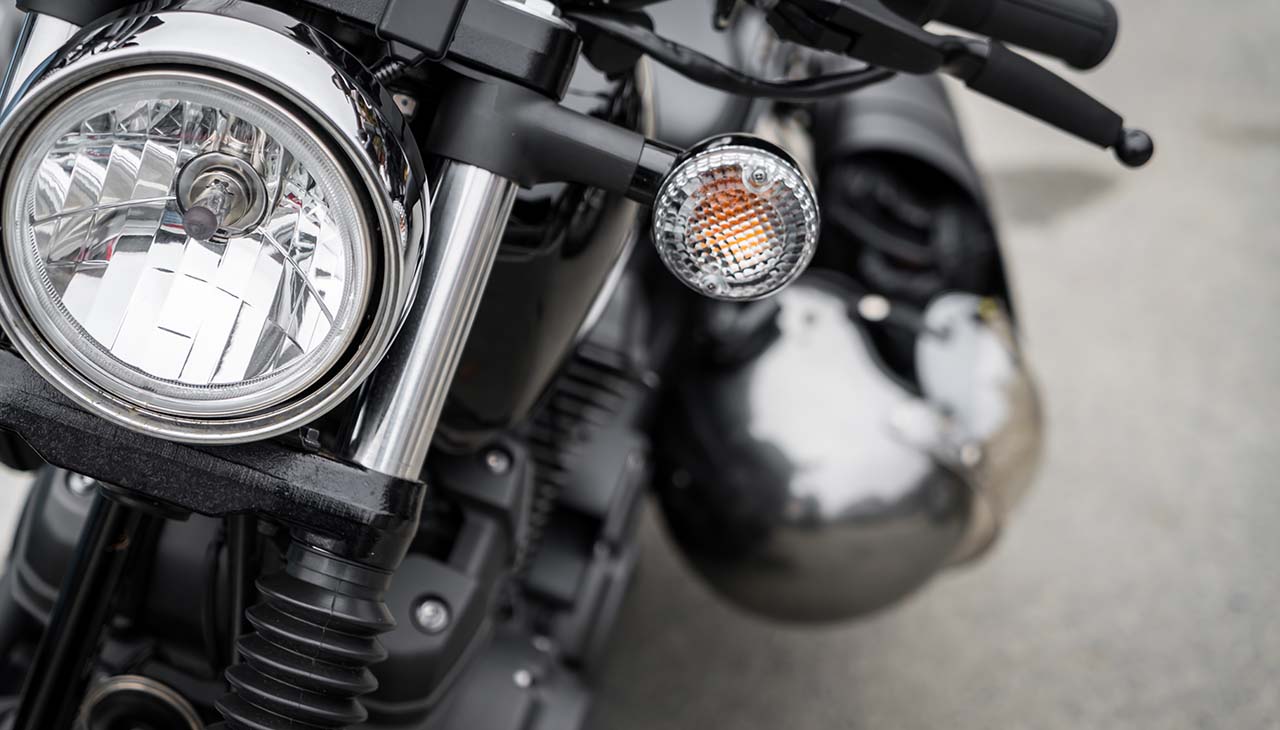Resin casting is a versatile and cost-effective method for creating high-quality, durable motorcycle parts. This process involves pouring liquid resin into a mold, where it hardens into a specific shape. Ideal for both hobbyists and professionals alike, resin casting allows for the production of complex shapes that might be difficult or too expensive to achieve with traditional manufacturing methods. Whether you’re looking to replicate vintage bike parts or innovate with custom designs, understanding the basics of resin casting is an essential first step.
Benefits of Resin Casting for Motorcycle Parts
Resin cast motorcycle parts are renowned for their lightweight and durable nature. These characteristics stem from the inherent properties of resin materials, which can withstand harsh environmental conditions and resist wear and tear over time, making them ideal for motorcycle applications. Additionally, resin casting proves to be significantly more cost-effective compared to traditional manufacturing methods. This cost-efficiency is largely due to the low waste production and the reduced need for expensive tooling or machining processes typically associated with metal fabrication. Furthermore, the flexibility in design and customization afforded by resin casting is unparalleled. Hobbyists and professionals can experiment with intricate designs or modifications without incurring the high costs or technical constraints found in other manufacturing methods. The ability to quickly adapt molds or mix different types of resins allows for endless creativity and innovation in the production of motorcycle parts.
Types of Motorcycle Parts Suitable for Resin Casting
Several motorcycle parts are particularly well-suited for production through resin casting due to their complexity, size, or need for customization. Fairings, the exterior panels that reduce air drag, are prime candidates for resin casting, allowing for customization in shape and size that can significantly enhance a motorcycle’s aerodynamics and aesthetic appeal. Custom emblems and badges also benefit from resin casting, as the detailed designs and durable finishes required for these parts are readily achievable with resin materials. Additionally, motorcycle accessories like mirror casings, turn signal housings, and decorative trim can be produced with a high level of detail and strength, making resin casting a preferred method for both restoration projects and custom builds.
Resin Casting Process
The resin casting process for motorcycle parts involves several steps, each critical to ensuring the final product’s quality and durability. The process begins with the design and creation of a master model, often crafted from clay, wood, or even an existing part. This model is then used to create a silicone mold, which accurately captures the intricacies of the design. Once the mold is prepared and cured, the casting process can begin. Liquid resin, selected based on the desired properties of the final part, is carefully mixed with a hardener. This mixture is then poured into the silicone mold, ensuring it fills all cavities and details. In some cases, a vacuum chamber is used to remove air bubbles, preventing imperfections in the final part. The resin is left to cure, a process that can vary in time depending on the type of resin used and the thickness of the piece. After curing, the part is removed from the mold, revealing a high-fidelity replica of the original model. The final steps involve cleaning, sanding, and if necessary, painting the part to achieve the desired finish. This meticulous process allows for the production of custom or replacement motorcycle parts with precision and durability, showcasing the flexibility and efficiency of resin casting.
Design Considerations
When designing motorcycle parts for resin casting, several key factors must be carefully considered to ensure the success and functionality of the final product. Material selection plays a crucial role, as different types of resins offer varying levels of strength, flexibility, and resistance to environmental factors like UV light and heat. Designers must choose a resin that aligns with the part’s intended use and durability requirements. The complexity of the design is another important consideration. While resin casting excels at producing intricate details, overly complex shapes might require advanced molding techniques or multiple molds, potentially increasing production time and cost. Additionally, the anticipated load and stress on the part should guide the design process to ensure the resin can withstand real-world use without failure. Tolerance levels and fit precision are critical, especially for parts that must interact seamlessly with other motorcycle components. Designers need to account for the resin’s behavior during curing, such as potential shrinkage, to achieve the desired tolerances. Lastly, aesthetic considerations, including the finish and color of the final part, should reflect the overall design vision for the motorcycle, requiring careful planning and testing of finishes and dyes in the resin casting process.
Finishing and Post-Processing
The final stages of creating resin-cast motorcycle parts involve meticulous finishing and post-processing techniques to achieve a professional appearance. The process often starts with the removal of any excess resin, which may require careful sanding. Various grits of sandpaper are employed, beginning with a coarser grit to remove larger imperfections, and gradually moving to finer grits for a smooth finish. For parts requiring a high-gloss finish, polishing compounds and buffing techniques are applied to achieve that mirror-like shine, essential for components like fairings or custom emblems.
Additionally, painting resin-cast motorcycle parts allows for customization and protection against environmental elements. Primer is first applied to ensure adequate paint adhesion, followed by one or multiple coats of paint, depending on the desired color intensity and uniformity. A clear coat is often added as the final layer to provide a protective barrier and enhance the part’s glossiness or matte finish. Precision in masking is crucial during painting to maintain the sharpness of the design details.
For parts that demand the utmost durability, such as turn signal housings or mirror casings, applying a UV-resistant coating may be necessary to prevent degradation from sunlight exposure. This step helps retain the material’s color and structural integrity over time.
Ultimately, attention to detail in these finishing and post-processing steps is critical for achieving not only a professional look but also for ensuring the longevity and performance of resin-cast motorcycle parts.


